To finally finish off my chores as past quizmaster, here are the rest of the answers. I hope that the comprehensiveness of the answers made up for the delay. Once again thanks to everyone who submitted!
13. After Francisco Pizarro conquered Cusco in 1532 and killed the Incan ruler Huayna Capac, the rest of the Incan royal family escaped elsewhere and established a new city from where they ruled until 1572. What was this city called, which was only rediscovered in 1909? (2 points)
The remaining Incas escaped to
Vilcabamba, also known as the lost city of the Incas, where they were not discovered by the Spanish for another few decades. Adler17 commented that the city was not discovered until later than 1909, and I did some research to check. Apparently (some sources remain quite vague) the city was discovered in 1909 but not recognised as the lost city. Macchu Picchu was said to be the lost city when it was discovered a while later, and the error was only corrected rather recently.
14. The below coins were all depict rulers of a short-lived ancient empire. (Hint: Their names are usually minted around the top of the left coin.) What was the name of the empire? (2 points) What regions did it encompass (1 point) and roughly how long did it last? (1 point)
This question required not only knowledge but also good eyes. The names of the emperors are, from top to bottom: Tetricus, Postumus, Laelianus, Victorinus. They were all emperors of the
Gallic Empire, a breakaway from the Roman Empire during the Crisis of the Third Century. Gallienus was only in very shaky control of the Roman Empire and when he was campaigning in Pannonia, when Postumus declared the independeces of the western provinces. The Gallic Empire encompassed
Britain, Iberia, and Gaul up to the Rhine. Its capital was located at Augusta Treverorum (modern Trier) and lasted from 260 to 274, so for fourteen years (I accepted answers between ten and twenty). At the end there were many usurpers and assinated emperors, until it collapsed and became a part of the Roman Empire again.
15. Identify these people (5 x 1 point). What did they have in common? (3 points)
So here are all the people in order:
1. Michael the Brave, or Mihai Viteazul in Romanian. He briefly united Wallachia, Tranylvania and Moldavia into something of a Romanian state, and fought the Ottomans. He even imprisoned the notorious Vlad Tepes for many years. He was treacherously murdered on the orders of the Austrian general Giorgio Basta in 1601.
2. My namesake Marcus Tullius Cicero, who a famous orator in the dieing days of the Republic. He attempted to keep the First Triumvirate in Check, but when Mark Anthony came to power, he wrote his famous Phillipics against him, but was assasinated on his orders on account of them.
3. This is Albrecht von Wallenstein, famous general during the Thirty Years' War. He was murdered under mysterious circumstances in 1634.
4. Mohandas Gandhi, later called Mahatmi, whose campaign of non-violent resistance in India finally resulted in its independence in 1948. He was murdered by Nathuram Godse, a Hindu radicalist in the same year.
5. Grigori Rasputin, advisor to the last Romanov Tsar and Tsarina, from a poor background, he had legendary psychic abilities. In 1916 he was asassinated by a group of jealous nobles. The story goes that he was first served poisoned food, which left him unaffected, so he was shot in the chest. One hour later he reawoke and attacked one of his murderers, who fled. He escaped outside, where he was shot again and then clubbed unconscious by a group of murderers. They then tied him to a chair and threw him into the icy river Neva. Apparently, he even attempted to free himself from his bonds before drowning.
As you will have noticed, they were
all murdered, and many people got this.
16. This is the emblem of which university? (1 point) In which century was it founded (1 point) and what town does it stand in? (1 point)
This is the emblem of
Harvard University in
Cambridge, Massachusetts, USA. It was founded in the
17th century, in 1636. I asked this question because I see this emblem every day, it's fixed above the entrance to my staircase in Magdalene College in Cambridge.
 Nobody warned me that it would take about a week to see everything in there. God, that place is enormous!
Nobody warned me that it would take about a week to see everything in there. God, that place is enormous! Nobody warned me that it would take about a week to see everything in there. God, that place is enormous!
Nobody warned me that it would take about a week to see everything in there. God, that place is enormous!

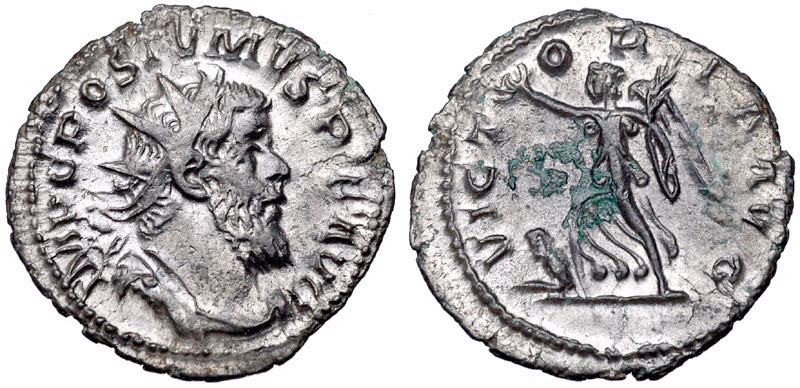
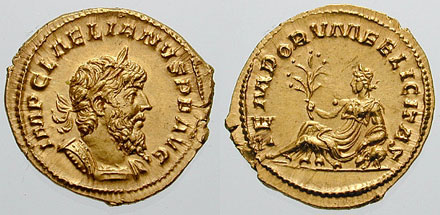

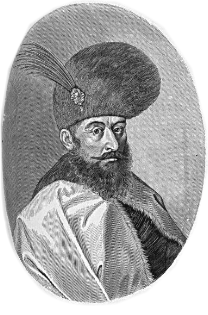
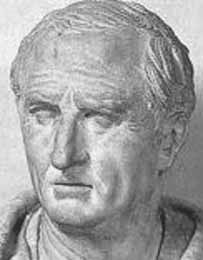
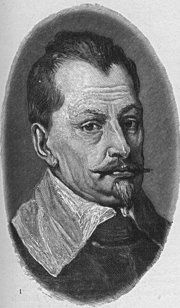
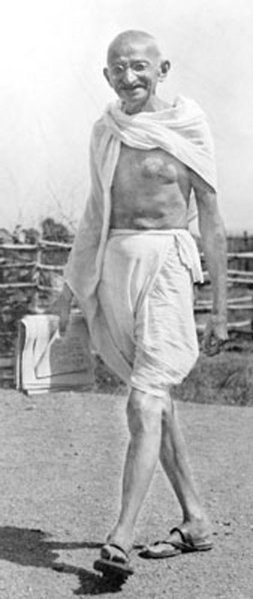
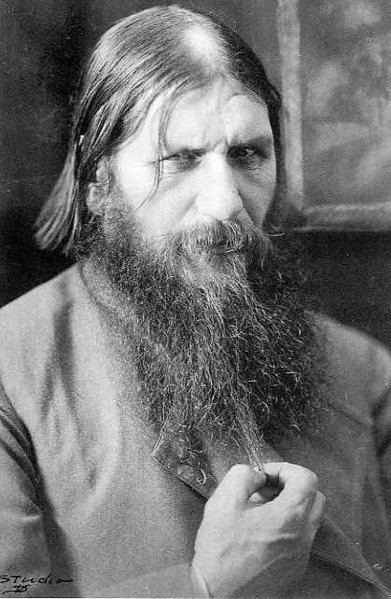















 )
)
 What a drama!
What a drama!

 Please don't! You'll dash my hopes of winning this quiz!
Please don't! You'll dash my hopes of winning this quiz!